#lettuce sea slug
Text

Lettuce sea slug (Elysia crispata)
Photo by Mac Stone
#lettuce sea slug#elysia crispata#elysia#sea slug#lettuce slug#gastropods#mollusks#slugs#sacoglossa#sacoglossum#marine animals#marine#marine life#green#green slugs#animals#wildlife#nature
182 notes
·
View notes
Text

trip to wikipedia
#digital art#my art#marine life#marine animals#sea lug ❤️#sea slugs#blue sea dragon#sheep slug#lettuce sea slug#chromodoris#dorid#fishblr#floydposting
122 notes
·
View notes
Photo

Elysia crispata
19 notes
·
View notes
Text


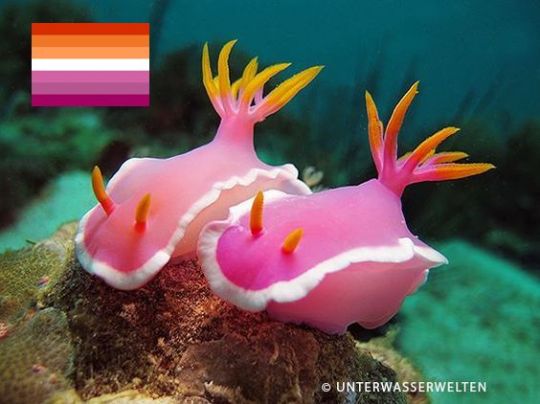
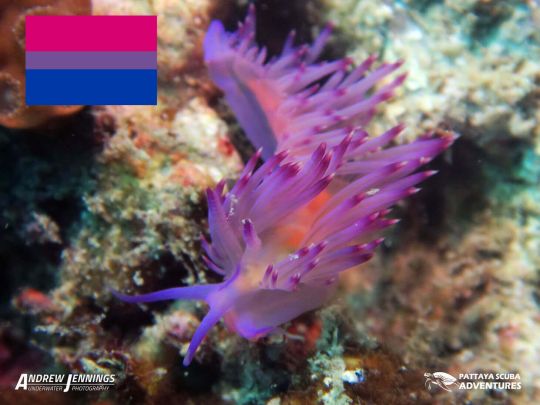
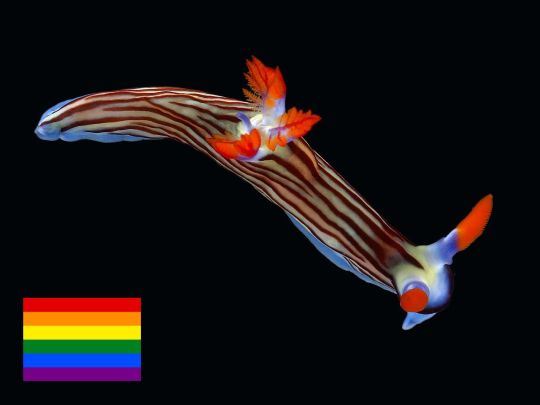

various sea slugs that look like pride flags!
species: chromodoris kuniei, nembrotha megalocera, hypselodoris apolegma, flabellina affinis, nembrotha aurea, goniobranchus chromodoris
#i couldn't find one with trans colors :(#blue lettuce sea slug is close but not quite#sea slugs#nudibranchs#pride#lgbtq#queer
97 notes
·
View notes
Note
You know your tag "post let luce", well i only just now realized its supposed to be a play on words for "Post Let Loose".
This entire time my brain thought it was supposed to be a play on "Post Lettuce". I have spent literal months trying to figure out what your thoughts behind that decision were.
I feel so stupid that it took me this long to realize my mistake
Hey, yes, hi? I have been laughing at this misunderstanding since this morning and I want you to know I absolutely do not blame you it's just. really funny. I don't even like lettuce. I realize the words are similar but absolutely nonsensical - I understand why you'd struggle to figure out my hypothetical intentions behind that decision hfjdk
Sometimes stuff like this happens, and we get stuck in assumptions that make things more complicated, that's just how it goes! Hope you can laugh at it too some day, I promise you you're not stupid, and it's not a big deal! <3
#answer let luce#anonymous#who knows#maybe one day i will post lettuce#getting this ask actually made me go “ik i was gonna wait with answering stuff till im back home but it's too funny”#maybe. i have another ask in my inbox. ill do that tomorrow#rn my everything is jelly n i wanna embrace the sea slug existence for a bit#just. post lettuce. its a command now#let the lettuce posting commence#lettuce let luce#IM SORRY IF THIS IS MEAN I DONT MEAN TO MAKE FUN OF YOU IM JUST REALLY GIGGLING LIKE STUPID#but yeye promise ur good brains are weird sometimes
15 notes
·
View notes
Text
so i went to read about nudibranchs on wikipedia and immediately got distracted going down the link rabbit hole of "Sacoglossan" sea slugs (often confused with nudibranchs) and im just gonna c/p some of the wikipedia about them -
Sacoglossa, commonly known as the sacoglossans or the "solar-powered sea slugs", are a superorder of small sea slugs and sea snails, marine gastropod mollusks that belong to the clade Heterobranchia. Sacoglossans live by ingesting the cellular contents of algae, hence they are sometimes called "sap-sucking sea slugs".
...
Some sacoglossans simply digest the fluid which they suck from the algae, but in some other species, the slugs sequester and use within their own tissues living chloroplasts from the algae they eat, a very unusual phenomenon known as kleptoplasty, for the "stolen" plastids. This earns them the title of the "solar-powered sea slugs", and makes them unique among metazoan organisms, for otherwise kleptoplasty is known only among single-celled protists.
...
Also known as chloroplast symbiosis, kleptoplasty is the energy-providing mechanism that gives the Sacoglossan’s the nickname, “solar-powered sea slugs”, and E. crispata the name, “lettuce sea slug.” As algal food is being digested, the chloroplasts are absorbed into the cells lining the digestive tract and up into their parapodia. How many chloroplasts the slug sequesters and the length of retention depends on the individual species of slug. Chloroplast retention in E. crispata tends to last around 40 days. Given the variation in their diet, chloroplasts from different algal species have been found to be taken up into the same cells, functioning normally alongside the other.
tl;dr these sea slugs eat algae and store their chloroplasts for months to photosynthesize for them when food is scarce; sacoglossan sea slugs are the only multicellular organisms known to do this (if I understand correctly 😅)
..
ik everyone probably knows about them but im in love rn so anyways here's some pics!
(forgive that I didnt pay attention to the specific species when grabbing pics)
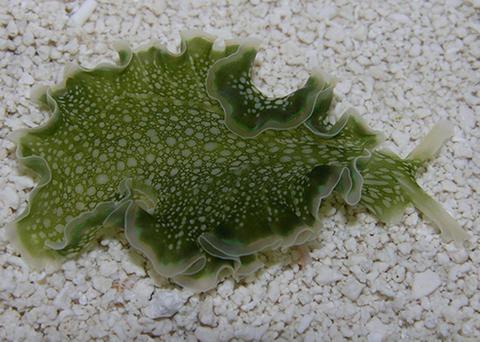






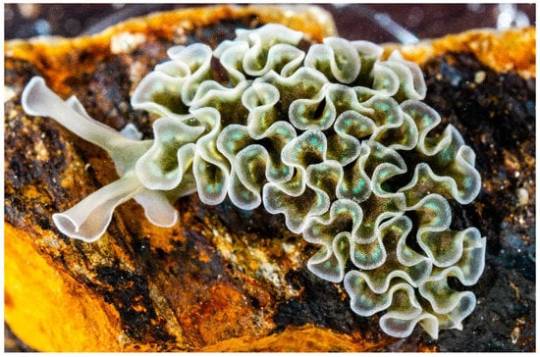
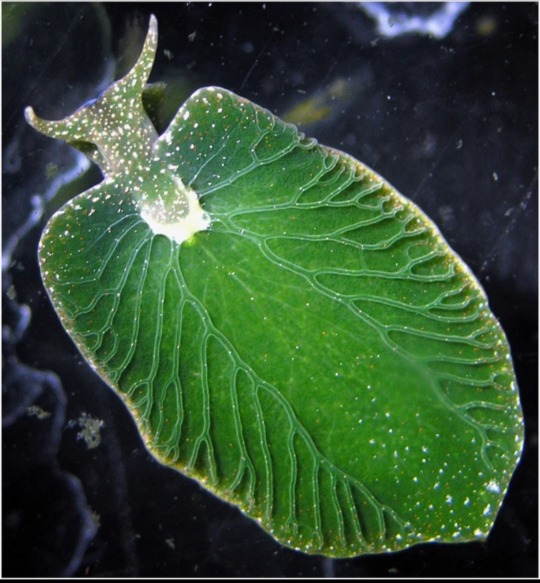
oh to be a sea slug eating sunlight in the ocean 🩵💚💙
#idk they just made me really happy#ik ive seen pics of lots of them but never rlly knew about the photosynthesis thing#which is AWESOME there's smth slightly above my head here about lateral gene transfer which is fascinating#there was smth special abt i think the lettuce sea slug in particular#bc multiple species of algae chloroplasts were working TOGETHER in them#idk im not smart or sober enuff to get into it#i just love these slugs#FINALLY LET ME POST IT GOD
13 notes
·
View notes
Text
It took about two hours for Daina Taimina to find the solution that had eluded mathematicians for over a century. It was 1997, and the Latvian mathematician was participating in a geometry workshop at Cornell University. David Henderson, the professor leading the workshop, was modelling a hyperbolic plane constructed out of thin, circular strips of paper taped together. 'It was disgusting,' laughed Taimina in an interview.
A hyperbolic plane is 'the geometric opposite' of a sphere, explains Henderson in an interview with arts and culture magazine Cabinet. 'On a sphere, the surface curves in on itself and is closed. A hyperbolic plane is a surface in which the space curves away from itself at every point.' It exists in nature in ruffled lettuce leaves, in coral leaf, in sea slugs, in cancer cells. Hyperbolic geometry is used by statisticians when they work with multidimensional data, by Pixar animators when they want to simulate realistic cloth, by auto-industry engineers to design aerodynamic cars, by acoustic engineers to design concert halls. It's the foundation of the theory of relativity, and thus the closest thing we have to an understanding of the shape of the universe. In short, hyperbolic space is a pretty big deal.
But for thousands of years, hyperbolic space didn't exist. At least it didn't according to mathematicians, who believed that there were only two types of space: Euclidean, or flat space, like a table, and spherical space, like a ball. In the nineteenth century, hyperbolic space was discovered - but only in principle. And although mathematicians tried for over a century to find a way to successfully represent this space physically, no one managed it - until Taimina attended that workshop at Cornell. Because as well as being a professor of mathematics, Taimina also liked to crochet.
Taimina learnt to crochet as a schoolgirl. Growing up in Latvia, part of the former Soviet Union, 'you fix your own car, you fix your own faucet - anything', she explains. 'When I was growing up, knitting or any other handiwork meant you could make a dress or a sweater different from everybody else's.' But while she had always seen patterns and algorithms in knitting and crochet, Taimina had never connected this traditional, domestic, feminine skill with her professional work in maths. Until that workshop in 1997. When she saw the battered paper approximation Henderson was using to explain hyperbolic space, she realised: I can make this out of crochet.
And so that's what she did. She spent her summer 'crocheting a classroom set of hyperbolic forms' by the swimming pool. 'People walked by, and they asked me, "What are you doing?" And I answered, "Oh, I'm crocheting the hyperbolic plane."' She has now created hundreds of models and explains that in the process of making them 'you get a very concrete sense of the space expanding exponentially. The first rows take no time but the later rows can take literally hours, they have so many stitches. You get a visceral sense of what "hyperbolic" really means.' Just looking at her models did the same for others: in an interview with the New York Times Taimina recalled a professor who had taught hyperbolic space for years seeing one and saying, 'Oh, so that's how they look.' Now her creations are the standard model for explaining hyperbolic space.
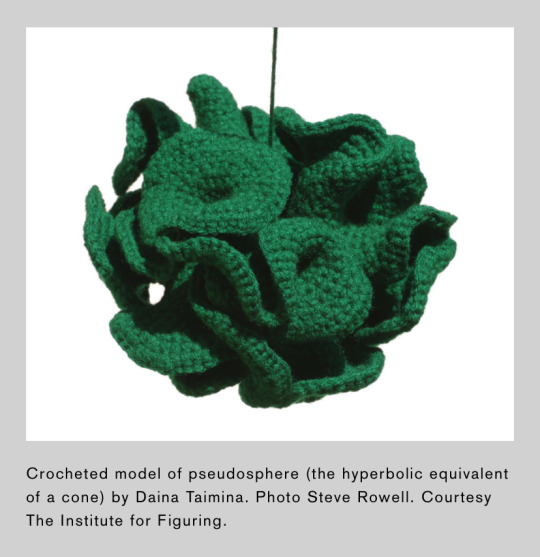
-Caroline Criado Perez, Invisible Women
Photo credit
#caroline criado perez#Daina Taimina#women in stem#women’s history#women in science#crochet#crocheting#female mathematicians#hyperbolic space
239 notes
·
View notes
Photo


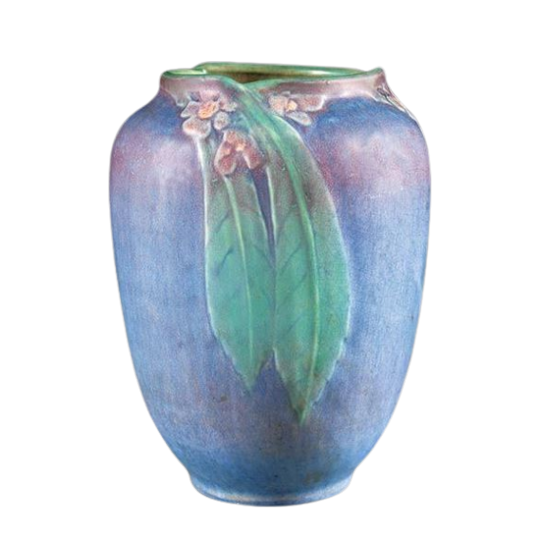

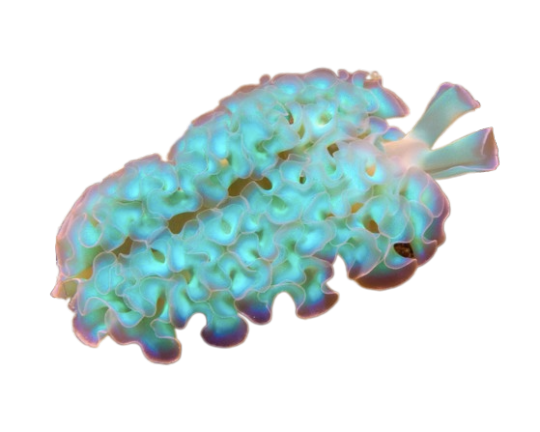




Random PNGs, part 123.
(1. Phosphophyllite, 2. “Introspector” by Gilbert Williams, 3. Roseville pottery, 4. Butterfly, 5. Lettuce sea slug, 6. Fluorite, 7. Fluorite, 8. Resin skull, 9. Cicada)
2K notes
·
View notes
Text

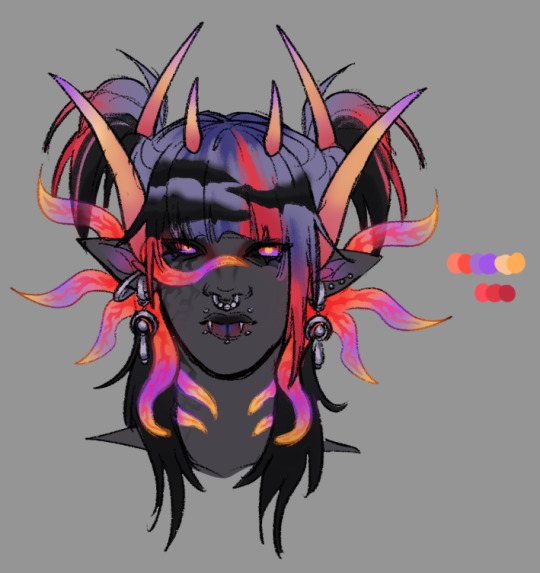
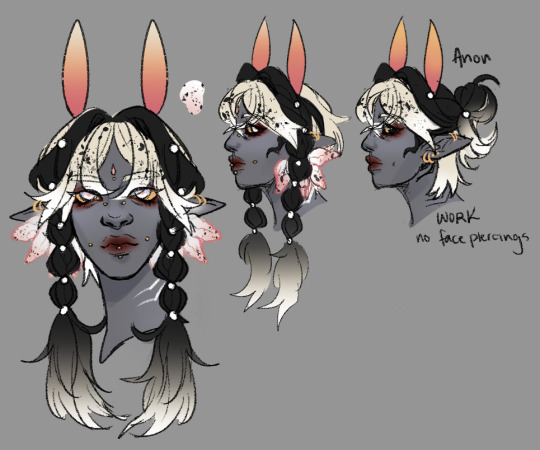
some character wips as i work on commissions!! they're all based on slugs... in order its hinano (lettuce slug), misaki (Phyllodesmium poindimiei), Minnji (sea bunny)
#seraphic art#homestuck#fantroll#hs#hiveswap#planning to do more..#kinda wanna do a green lettuce slug sometime the colros r pretty..
139 notes
·
View notes
Note
Lettuce Sea Slug for your ask troubles:

I've had this at the bottom of my ask box for a bit now to be a nice little thing to see when I get through all my asks, but I think I'm good without this great slug now, and would like to share it with the world.
258 notes
·
View notes
Note
Is keeping sea slugs difficult? I love them and probably won't get them anytime soon because cats but if I ever do...
i’d say it’s pretty difficult, yeah. depends on what species you’re looking at, but all nudibranchs (and ‘things-that-get-labeled-as-nudibranchs-even-though-they-technically-aren’t, like the blue velvet slugs i just got) are very picky eaters and will often Exclusively eat one type of food down to species. the ‘easiest’ are probably lettuce slugs, as they’re algae grazers, but even then some say they’ll only eat certain species of macroalgae.
i have two species of slugs in my nano reef right now— berghia nudibranchs and the blue velvet slugs. i bought them because i have an excess of pest animals that they both prey on exclusively (aiptasia anemones for the berghia and flatworms for the velvets) and can’t control these pests via chemical means (for the safety of the other animals in my tank) or mechanical (they’re very hard to fully remove and i have hand tremors anyway), but it’s often accepted that if you don’t have a good supply of what these guys eat, they’ll starve to death pretty fast.
of the two, i’d honestly say the berghia nudis are generally easier to keep - lot of people will breed them and just keep a separate tank full of aiptasia to feed them with, since they’re very fast growing anemones. blue velvets are a bit harder because they’ve got short lifespans as-is and flatworms are hard to get ahold of except for by accident, while some people purposefully culture and sell aiptasia as feeders.
i’m taking a STRONG gamble with my slugs, and honestly i’m only doing it because i have a fair amount of confidence in my ability to maintain good water conditions, but even then it’s not bulletproof. they’re one of those things where even if you do everything “right”, they still might not thrive because we don’t really know them as well as we know, say, shrimp or corals just yet. for me this is really my only option for handling my flatworm problem, so i’m taking that risk, but it may not work out and i’m prepared for that outcome.
i’m hoping the will continue to improve when it comes to getting better at keeping and breeding these animals, though, because they’re very cool! while i can’t say i’d want to see them wild-caught in the pet trade, the ability to aquaculture them would be a huge step. and it would be wonderful to see them in aquariums more often :)
#i tend to have mixed feelings on the aquarium hobby when it comes to marine livestock#while it’s still not uncommon for people to keep unsustainable wild caught animals#i feel as though the general opinion among more experienced aquarists reefkeepers especially is a lot more mindful#but exotic pet ownership in general is suffering from the social media effect so (shrug) ethics are wobbly#however!#i wholly understand your love of sea slugs hehe ^_^ me too!!!#if there was some way to keep dorids healthy and happy that would be my dream
21 notes
·
View notes
Text
Kny Characters as Sea Slugs Pt.2
Reposting this because either I’m shadow banned or the last one glitched :’) So if you see this in the tags, it’s working!
Y’all really liked part 1 so here’s the upper moons as nudibranchs as well!
Kibutsuji Muzan

-That bright red really pops against the black body I love it
-Also looks similar to Tanjiro’s slug in part 1 which is ironic
Kokushibo

-The purple with the red/orange?? Perfection and it looks so dramatic and regal just like him
-Reminds me of his hair
Douma

-Yes, this is a real sea slug! And it’s all the exact colors of his eyes.
-I think Douma would think it was cute and try to show it to Akaza and get his jaw punched clean off for it
Akaza

-DON’T TELL MY BOY I DID HIM ABSOLUTELY FILTHY LMAOOO
-But like the head is in the exact position as Akaza’s and the gold tips made like his gold eyes and the stripes I— :’)
Hatengu

-How did Hatengu of all people get one of the coolest slugs on this list
-I had to do his kid form bc there are like no colored panels of his crusty five-head form in the manga
Gyokko

-I found this one while looking for Gyutaro’s slug and was like yup that’s Gyokko
-I have nothing else to say for myself it just is
Gyutaro

-THIS ONE IS CALLED A LETTUCE NUDIBRANCH HAHA
-Reminds me of him not just bc of the green and the spots but because it’s a little funny looking but we all like it anyway
Daki

-The top part looks like her belt reaching out behind her
-And the underside is her white hair and pale skin this one works so well shshsjsj
That’s all for our slug demon friends! You’re welcome to check out the slug hashiras in part 1 of you missed it! I’ll do the rest of Tanjiro’s squad (Zenitsu, Inosuke, etc.) along with some of my fav side characters for part 3, but feel free to slide into that ask box with a request if you have any favorite kny characters that you want to see seasluggified :D
#kimetsu no yaiba#demon slayer#upper moons#muzan kibutsuji#kokushibo#douma#akaza#hatengu#gyokko#gyutaro#daki kny#sea slug#nudibranch
160 notes
·
View notes
Text
The criminal courts of late Victorian England
Edit: I have made some slight corrections. CW for discussion of crimes, courts etc.
****
This does not cover Scotland, which has a rather different system. I believe it covered Wales as well.
In the 1890s, there were three types of courts someone charged with a crime could end up.
Police Court (London)/Petty Sessions Court (outside London)
These were based in each of the 'hundreds', the traditional divisions of the counties used for administrative purposes for much of the second millennium.
This is what the Essex hundreds looked like in 1832:
I live in the area of the Havering Liberty, then rural and now very much suburban, being part of the London Borough of Havering.
Chafford Hundred's name survives in that of the railway station that serves the Lakeside shopping centre and the Romford to Upminster Overground line will now be called the Liberty line. There is also a Liberty shopping centre in Romford and a Royal Liberty School.
The boundaries changed over time - as towns grew bigger, they would get their own 'petty sessional district'.
The Royal Liberty of Havering was an autonomous area of Essex, with its own courts and special exemptions from certain taxes.
Being a pretty small area with a low population before a housing boom in the 20th century, its existence was seen as an anachronism and it was on its way out in 1891; it would be fully incorporated into Essex the following year.
Romford's court in any event was located with the County Court on South Street, just north of the Great Eastern Railway station (still in use, but heavily changed inside). Looking at the historical maps, I think there's a Slug & Lettuce on the site now. The police station was close by; there may have been a tunnel linking the two buildings, but I would have to confirm that.
Anyway, these courts dealt with misdemeanours, with cases tried by one or more Justices of the Peace aka magistrates. JPs were generally unpaid and so they would often be people who could afford to do this stuff in their spare time. They'd often be local notables, like the main landowners, a rich doctor, a local priest, or someone who ran a factory. This may well have caused issues in bias.
This included things like:
A drunken punch-up outside a pub.
Domestic violence.
"Your dog bit my servant."
"You drove your cart too fast and collided with my shop window."
Solicitation i.e. prostitutes seeking business on the street.
Shoplifting, pickpocketing, burglary, and various low-level theft/fraud cases.
"You said in the newspaper I paid young men for sex" (Criminal libel, which is what Oscar Wilde charged the Marquess of Queensbury with via a private prosecution - and we know how that ended for him)
The JPs would try the case, decide on guilt or innocence, then decide any punishment; I believe the maximum possible sentence was six months. Solicitors would represent defendants.
Havering had exactly three JPs. The crime rate was pretty low in this rural area.
This 1887 article covers the workings of one London police court:
This court in Soho, which closed in 1998 and is now The Courthouse Hotel, would see a few famous names in the dock, including John Lennon (for indecency over an art exhibition, case dismissed), two Rolling Stones (fined for drugs possession) and Bob Monkhouse (for illegally importing films, acquitted at the Old Bailey).
They also served as the place for the first court appearances of people going to the higher courts like...
Quarter Sessions
These sat at the seats of each county and each county borough. The latter included places like Oxford and in the case of Essex, Southend-on-Sea after 1914.
Havering had its own quarter sessions until 1892 - the three JPs also doing these; it would then be merged into Essex. This caused a few jurisdictional issues when Essex courts charged men for crimes alleged in Havering and some cases got quashed for that reason.
For Essex, the Quarter Sessions were held at Shire Hall in Chelmsford; this closed entirely in 2012 and is now being redeveloped. In 2024, it featured in the Channel 4 documentary series The Jury: Murder Trial.
They were traditionally held four times a year - hence the name. Unless you could put up the sureties required for bail, you were going to gaol, at least until the next session. Romford had a small gaol, but it was generally more convenient to send people to Chelmsford, where the prison still operates.
Quarter sessions dealt with more serious felony cases, like armed robbery, serious assault, poaching and forging banknotes. Cases were presided over by two or more JPs, with a jury making the decision on guilt or innocence.
By 1891, most of the administrative functions of magistrates had gone to the new County Councils, but they still dealt with alcohol licence applications.
However, these courts could not deal with capital-level offences, at this point pretty much reduced to murder, treason, and piracy. These would be handled at:
Assizes
Happening twice a year in each county, these also dealt with civil matters, which are outside the remit of this post. Since these dealt with capital crimes, bail was pretty unlikely.
The country was split into six judical circuits with professional judges travelling around between the courts, often accompanied by barristers. This might sound pretty familiar to American readers; Abraham Lincoln was a circuit lawyer in Illinois and the US court system remains divided into circuits, but the judges don't ride on horses anymore. Insert your own jokes here about the judge of your choice.
Essex fell under the Home Circuit along with four other nearby counties - Middlesex had been joined up with the City of London by this point. This appears not to be linked to the term "Home Counties", which covers some areas outside.
Once the judges arrived, they would impanel juries and try all the cases before them. Only barristers could represent defendants here, I believe - a solicitor would instruct a barrister if a client were facing the Assizes.
The historical Havering gallows had been near Gallows Corner, but it had stopped being used by 1815. Gallows Corner is now home to a notorious roundabout. Chelmsford was where hangings for Essex took place.
In summary
If you punched someone in London, you'd go to the police court.
If you broke their leg, you'd go to the quarter sessions.
If you killed them, you'd go to the Assizes and quite possibly soon to the highest court of them all.
The end of the system
In 1972, this system was abolished. The petty sessions courts became magistrate's courts, with the quarter sessions and assizes combined to form Crown Courts.
Romford Magistrate's Court today sits on Main Road, next door to the police station and in close proximity to Havering's Town Hall. It covers cases in the surrounding areas to Havering as well.
The nearest Crown Court is at Snaresbrook - it's the biggest in the country with no less than 20 courtrooms.
10 notes
·
View notes
Text
I Trip The Nighttime Fantastic
The morning after a show is always a frightful one. I smoke in bed as the sun ambushes the windows with her bright fist. Then, slink downstairs where Mariam awaits with her list of complaints, her pot of lukewarm coffee. A newscast on the television. I lay on the sofa as she badgers me, aims her gun and shoots.
Why did I awake to find glitter in the bed? A smattering of glitter and the stink of cheap, godless perfume. And whose lipstick was on your cheek? It was the color of a bruise. And I only wear tulips, wines. And you know this. So there isn’t anywhere to turn, Roger–nowhere at all.
And she will continue until either she realizes I have not heard–or rather, ingested–a word she has said, and sigh into her own oblivion, making a fuss about leaving the room, or until I shoot off my own gun and we go back and forth like tennis players.
I love you, I’ll state and state until she throws a plate and then I’ll have to dodge the plate. And we’ll have sex until the evening. Hot, upset, confused sex. When we’re finished, the temperature of the house has risen several degrees and there is a scent which lingers, the scent of flesh.
I don’t feel I know you, Mariam said once. Not the way I might know someone else. Some nights, there is a stranger here with me.
Sometimes, I’m right as lemonade. I laugh like a schoolgirl, stuff boxes with flower heads, chop up the lettuce and prepare a large spread. I am fascinated, then. Nothing can hold my attention for very long but everything appears to have saturated overnight, steeped in a fantastic tea which accentuates the colors and the weight and the God. Mariam likes me when I’m like this. At least, for a moment. Then I start reciting rhymes for the ghosts in our yard and the neighbors sneer and I can’t stop electrocuting myself. Once, Mariam found me across the road confused on whether or not to cross. I would have stood there for the rest of my life had she not tugged on my shirt and brought me inside.
Other times, I’m a dragonfly caught in the rain. I would not crawl out of bed if there was a parade outside. I am crippled by the slug of daytime. I want nothing. When people call, I tell them I’ve left. Mariam hates this, too. She hides even the trick gun.
I’m a magician, you see.
I draw the rabbit from the hat, slice the woman in half. I make girls levitate. I play tricks on the crowd; the quarter from behind your ear and the water from the ceiling.
A few weeks ago, I felt the orchestra playing from behind my eyes. I could feel the green angels spinning around in my glass, and came home with a bouquet of flowers for Mariam from our neighbor’s garden. I did not sleep. I practiced my introduction again and again as the television mumbled to himself. I was certain I was going mad again. That night, the show was quite fantastic. The audience shuddered like livestock being driven to the slaughterhouse. And the applause came in waves. Mariam told me I was her lightning bolt, her one true silo.
But the days wove into days and I grew increasingly frenetic. I could not be bothered to clean after myself so the house grew into a labyrinth of clutters. Forks where the soap ought to be. A shaving razor in the fridge. I shaved my head which Mariam shrieked about. But she couldn’t understand. Ideas crashed through my head like pianos from great heights. I slept with all of the girls at the club; I stayed awake for nine days straight, moving through the world as a saw moves through a massive tree.
Let’s go to the sea, Mariam said on the tenth morning as I painted the kitchen a baritone orange. I had the idea after watching a cartoon the night before.
What sea? I asked. There are no seas around here.
It was true. I hadn’t seen the ocean since I was five years old.
We could go to Ruislip, she said. And spend a long weekend there by the ocean. I think it might help.
I had a second feeling, a sort of inkling. But I appreciated her effort at being spontaneous–more like a liquid and less like a solid–and packed bags with shorts and hats and books I’d been meaning to get through. And while we drove, I smoked and raved about the vermin in the grass, how the miniature always feeds into the massive. I realized we weren’t headed to Ruislip when the asylum pulled into view.
Mariam had me committed for twenty one days. During that time, I barked at the staff and refused everything. I was given periodic sedation interludes. I slept for two days straight. And when I awoke, I realized I wasn’t sharing the room with a shadow but a seventy five year old lawmaker. I told the doctor nothing was wrong exactly fourteen times. And when I was finished, he told me I wouldn’t be there if that was the case. I beat the lawmaker at cards.
I was meant to go back home–that is, Mariam was meant to come pick me up–in two days when I came upon my decision. I was never truly going to be able to leave, I realized. I was caught in an infinite cycle. I would go home and muck things up and end up back in the same position. I would end up delighted again. My train of thought would derail. I had already spent a lifetime moving from season to season.
Anyway–I had a cure.
Mariam picked me up and the house was cleaned, pristine. The kitchen painted a mint green again. We sat outside in the yard and smoked and shared a piece of fish. And when Mariam went to work the following morning, I left her a note on the fridge.
Mariam, it read.
I believe you’ll read this–or perhaps you’ll realize before you read this, some kind of psychic pang, a twitch in your hand–and while the rain might start, there will be a sense of relief. And that is why this had to happen. I’m tired of this mud, princess. I love you too much. Do you understand?
I changed into my favorite suit and packed the gun in my belt. When I got to Heaven, everyone wanted to hear my stories.
69 notes
·
View notes
Text

Tritonia sp. on Ulva, Sea Slug on Sea Lettuce
Photo Credit: my photo, high-res, archival quality prints available here
#nudibranch#sea slugs#send nudibranchs#marine biology#marine animals#mollusks#salish sea#ocean#marine life#my marine life photos#my photography#small artist#small business
18 notes
·
View notes
Text
This is Gargoyle, the newest major addition to my tank:

She is a member of the species Elysia diomedea, the Pacific lettuce sea slug. My other sea slug Arugula

that I've shown here before is an Elysia clarki (or crispata - sea slug taxonomy kinda sucks), the Atlantic lettuce sea slug. Some people call them lettuce nudibranchs because they look similar to nudibranchs, but they aren't nudibranchs at all, all nudibranchs are specialist carnivores - despite what disreputable aquarium stores will tell people, but that's another rant. These guys are herbivores, feeding only on specific types of live, complex algae*, and they digest it in the strangest way possible. They save the photosynthetic organelles from the algae cells and keep them alive for a while so they can photosynthesize. All other photosynthetic animals, like corals/some types of clams, have symbiotic relationships with microorganisms that do the photosynthesis for them. Sacoglossans are the only animals that anyone is aware of which can photosynthesize directly, albeit with stolen hardware.
It's fun to watch them after a big meal, they will go to the brightest safe spot to sun themselves.
*almost every plant you see in the ocean - kelp, etc. isn't actually a proper plant but a type of algae.
18 notes
·
View notes